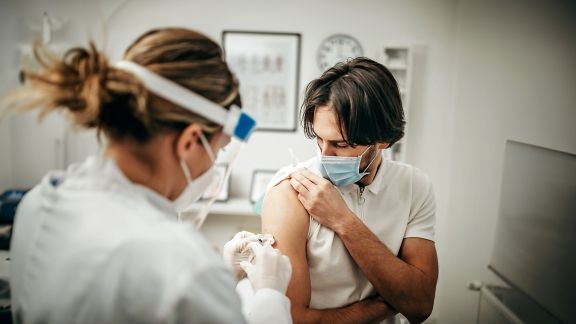Evaluation of the Pennsylvania Rural Health Model

Problem
Whether Pennsylvania’s new payment model has increased hospital financial stability and improved access to health care.
The Pennsylvania Rural Health model (PARHM) aims to improve the financial health of acute care hospitals, increase access to high-quality care, and improve population health outcomes in rural Pennsylvania. Designed to maintain access to essential health care services in rural communities, the model is testing the impact of hospital global budgets and care delivery transformation on access, quality, and cost of care. The model’s approach to global budget payments provides rural hospitals with predictable and stable cash flow, not subject to year-to-year volume fluctuations, to align incentives to foster investment in population health.
Solution
NORC is implementing a mixed-methods evaluation of the Pennsylvania Rural Health model.
For the Centers for Medicare & Medicaid Services (CMS) Innovation Center, NORC is conducting an independent evaluation of this model to assess its implementation and impact. NORC is using a mixed-methods approach involving both primary and secondary data sources to assess whether and how the model’s approach to global budgets and care delivery transformation achieves the intended goals of CMS, the Commonwealth, and participating hospitals and payers. Our evaluation is capturing the context and experience of implementation—including facilitators and barriers— and the model’s potential impact on care delivery and outcomes. Additionally, we are exploring participant and implementation partner perspectives on the design , and sustainability of the model.
Result
To date, global budgets helped stabilize finances for some rural hospitals.
The COVID-19 pandemic complicated model implementation for participating hospitals, but also provided an opportunity for providers and commercial payers to redouble efforts to shift away from fee-for-service to value-based payment to meet the health care needs of rural residents. Hospital transformation activities gained traction and the model reportedly helped some participating hospitals attain greater financial stability in the second year of the model.
The diversity in hospital size, affiliation, and financial status among participating hospitals demonstrates the model’s appeal to a range of rural hospitals. However, commercial payers remain skeptical of the sustainability of the model and have concerns about the model’s administrative burden. While CMS is a key implementation partner and funder, commercial payers are central to the model’s success due to the large share of covered lives from private commercial, Medicare Advantage, and Medicaid managed care plans.
Learn More About the Study
For more information about the Pennsylvania Rural Health Model, including evaluation reports:
Related Tags
Project Leads
-
Alana D. Knudson
DirectorProject Director -
Daniel Krauss
Senior Data ScientistQuantitative Lead -
Sai Loganathan
Principal Health EconomistSenior Staff -
Erin Ewald
Principal Research ScientistSenior Staff










